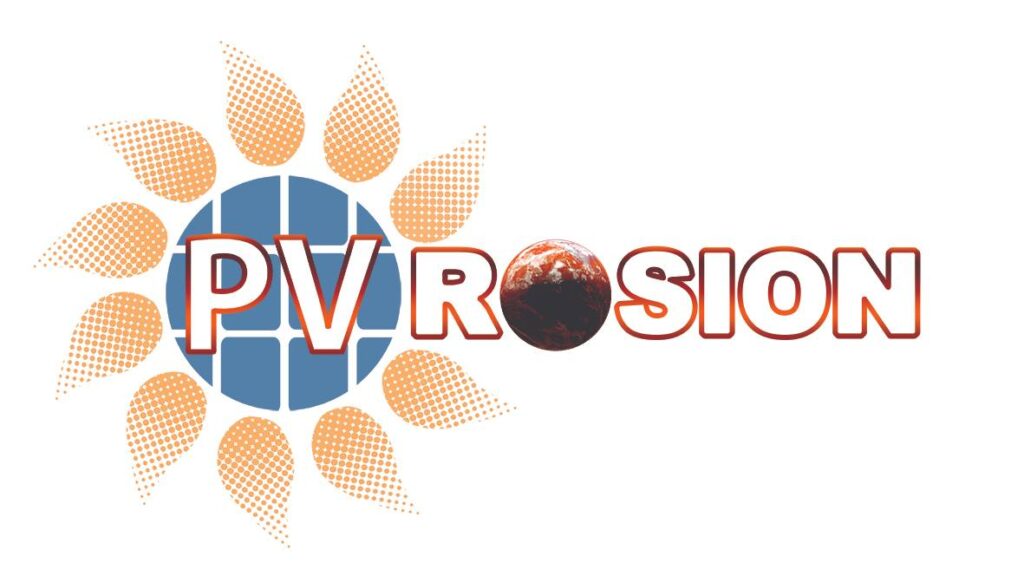
SemNat is research project funded by the Greek General Secretariat for Research and Technology and the European Regional Development Fund, through the operational program “Competitiveness Entrepreneurship & Regions in Transition”, action “Billateral Co-operation Greece-Romania 2011-2012”.
These pages are maintained by the Greek research team. Although a complete picture and the full results of the project are given here, where appropriate (e.g., in the project’s deliverables) only the deliverables of the Greek side are given (in Greek).
Summary
In the computer industry there is an ever growing need for flexibility and enhanced computing power. The proponents of natural computing consider that the present day Von Neumann architecture cannot (always) represent the best solution to this need and investigate nonconventional computing systems, languages and architectures, inspired by nature. Natural computing is the field of research that investigates essentially three models and computational techniques:
- those that take inspiration from nature for the development of novel problem-solving techniques;
- those that are based on the use of computers to synthesize natural phenomena; and
- those that employ natural materials (e.g., molecules) to compute.
Within this project, our aim is to join this research direction based on our previous experience, theoretical and experimental results.
This project is concerned with the development of innovative formal semantics and prototype technologies for natural computing. The research will focus on bio-inspired and quantum-inspired languages and computing phenomena. We will develop denotational models for natural computing, in particular based on the membrane computing paradigm and quantum computing. Our aim is to improve the expressivity and the efficiency of the formal description techniques and to use them in natural computing systems development.
Objectives
- The development of a general theory for describing the semantics of parallel execution and communication, as these are manifested in natural computations.
- The design and implementation of prototype languages inspired from natural phenomena.
- The application of techniques from natural computing for solving computational problems in the areas of image processing and computer vision.
Expected results
- We will use continuations and monads in designing original denotational semantics for (models of) natural computing.
- We will study various computing invariants specific of continuation semantics for concurrency.
- We will develop prototype implementations and perform various experiments on Peer to Peer and/or Cloud architectures. We will design languages and systems incorporating traditional distributed computing concepts and computing concepts inspired by nature.
- As a concrete, directly applicative and efficiency proving approach, we will also study and perform various experiments in applying the most appropriate natural computing techniques in the field of image processing.



